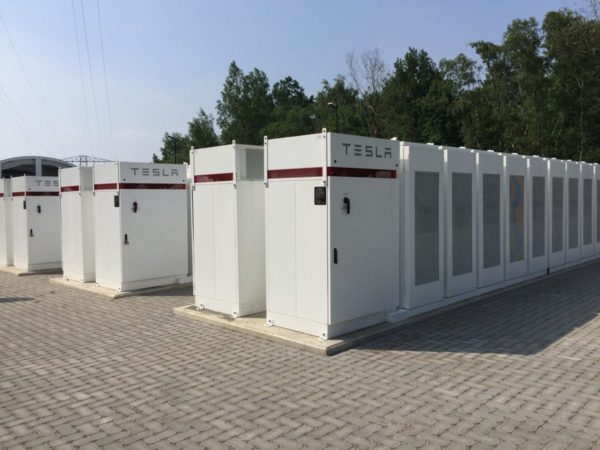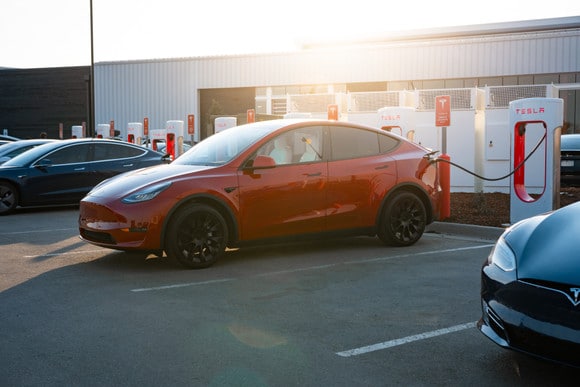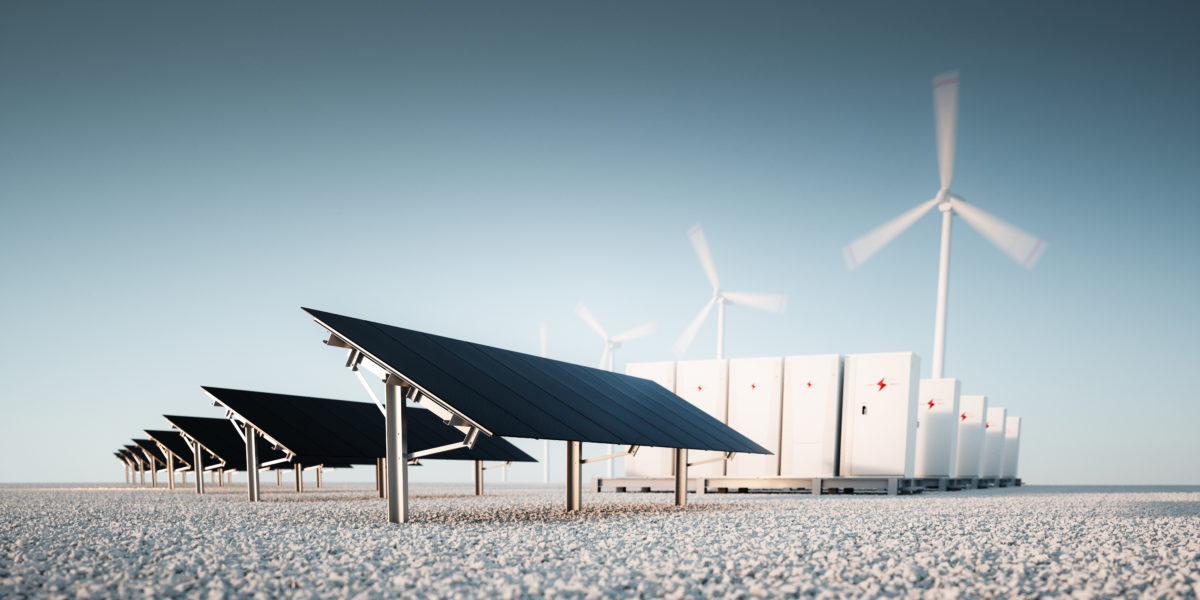Tesla chairwoman Robyn Denholm said she expects the United States-based company to spend more than $1 billion a year on Australian lithium, nickel and other critical minerals needed to make its batteries but said Australia should be developing its onshore refining capabilities to maximise the value of its resources seen as critical to the clean energy transition.
“The opportunity for Australia is extraordinary, and now is the time to seize it,” Denholm told a Minerals Council of Australia event in Canberra on Wednesday.
“Australia has the minerals to power the renewable energy age throughout the world in the coming years.”
Denholm said Tesla already sources three quarters of the lithium it uses from Australia and more than one third of its nickel. She didn’t specify a dollar figure for the current spend but said it is expected to increase as the carmaker continues to expand its renewable technologies offerings, including residential and grid-scale battery energy storage systems.
“We expect our spend on Australian minerals to increase to more than $1 billion per annum for the next few years,” she said.
Denholm said Australia supplied almost 50% of the world’s lithium ore last year at a value of about $130 million but supplied none of the refined product required for batteries.
“If it was processed onshore in Australia, the value would have been more like $US1.7 billion ($2.2 billion),” she said.
“It will require massive innovation. We need to scale up at an extremely fast pace and mining needs the same kind of innovation as the industries it supplies.”

pv magazine/Eckhart Gouras
The CSIRO has also urged Australia to focus on value adding to the supply chain, a new report declaring increasing demand for critical mineral resources can drive the nation’s renewable energy sector and overall economic growth.
The Critical Energy Minerals Roadmap estimates the metal value of the energy transition’s top technologies to reach more than $5 trillion dollars globally by 2050, over half of that being battery metals, with greater value potential for manufacturing products like cathodes for batteries or polysilicon for solar PV cells.
CSIRO’s mineral resources director Jonathan Law said Australia is well positioned to benefit but can significantly increase the value of its mineral exports, enable more local manufacturing and strengthen global supply chains.
“Rather than just extracting the minerals and shipping them away to be refined and turned into products, Australia has a real opportunity to operate all the way along the energy value chain, from extraction to processing, separating, refining and manufacturing high value materials and products,” he said.
“Connecting our mining and manufacturing sectors can create an investment ecosystem that supports domestic supply chains and resource circularity for our critical minerals.”
Australia’s exports of hard rock lithium, known as spodumene, are expected to hit $1 billion this year while its nickel exports are expected to be valued at $4 billion.
The Minerals Council of Australia has forecast demand for critical minerals is set to increase dramatically in the coming years as the world’s transition to renewable energy accelerates.

Image: Tesla
In its Commodity Demand Outlook 2030 report released this week, the council predicts the demand for Australian-mined lithium will rise rapidly, from 313 kiloton of lithium carbonate equivalent in 2019 to 1,465 kt by 2030. The demand for nickel is also expected to rise sharply by 67% from 2.4 Mt in 2019 to 3.9 Mt in 2030.
Denholm said the increased global uptake of electric vehicles (EVs) as nations target net zero emissions highlights the scope for growth.
“Electric vehicles account for less than 1% of vehicles globally at the moment,” she said.
“To reach net zero emissions, that needs to be much closer to 100% within 30 years. So that’s at least a 100-fold increase ahead, just for vehicles.”
Denholm said that shift would, by 2030, generate a global lithium-ion battery market of $400 billion.
“That’s eight times the revenue generated by Australia’s coal exports in 2020,” she said.
This content is protected by copyright and may not be reused. If you want to cooperate with us and would like to reuse some of our content, please contact: editors@pv-magazine.com.









4 comments
By submitting this form you agree to pv magazine using your data for the purposes of publishing your comment.
Your personal data will only be disclosed or otherwise transmitted to third parties for the purposes of spam filtering or if this is necessary for technical maintenance of the website. Any other transfer to third parties will not take place unless this is justified on the basis of applicable data protection regulations or if pv magazine is legally obliged to do so.
You may revoke this consent at any time with effect for the future, in which case your personal data will be deleted immediately. Otherwise, your data will be deleted if pv magazine has processed your request or the purpose of data storage is fulfilled.
Further information on data privacy can be found in our Data Protection Policy.